Introduction
Ever looked at your kitchen and thought it needed a little sprucing up? You’re not alone! Many homeowners crave an easy and budget-friendly facelift for their cooking spaces without the hassle of hefty renovation costs. Did you know that 75% of DIY enthusiasts prefer peel and stick solutions for their convenience? That’s where DIY peel and stick kitchen tiles come in. In this article, we’ll guide you through the process of transforming your kitchen using these clever tiles, with some added flair from simple DIY decor techniques. Let’s dive in and give your kitchen the makeover it deserves!
Understanding Peel and Stick Tiles
Types of Peel and Stick Tiles Available in the Market
- Vinyl Tiles: Affordable, waterproof, and available in various patterns.
- Ceramic-Look Tiles: Mimic real ceramic but are lighter and easier to install.
- Metal Tiles: Sleek and modern, ideal for backsplashes.
- Wood-Look Tiles: Warm and rustic, perfect for farmhouse kitchens.
Each type has its own charm. For example, Timberline Checks tiles give a cozy wooden vibe, while Crimson Horizon offers a bold, modern look. If you love coastal aesthetics, Coastal Breeze tiles bring a fresh, beachy feel.
Benefits of Using Peel and Stick Tiles
- No grout or messy adhesives—just peel and stick!
- Renter-friendly—easy to remove without damage.
- Budget-friendly—costs a fraction of traditional tiles.
I once helped a friend redo her kitchen with Blush Petals tiles, and the transformation was stunning—all in one weekend!
Cost-Effectiveness Compared to Traditional Tiling
Traditional tiling can cost $10–$30 per square foot, while peel and stick tiles range from $1–$5 per square foot. Plus, you save on labor since installation is DIY-friendly.
Preparing Your Kitchen for Transformation
Cleaning and Measuring Your Workspace
- Remove grease and dirt with a degreaser.
- Measure your walls or floors accurately to avoid wasted tiles.
A clean, smooth surface ensures better adhesion. I once skipped cleaning, and my tiles started peeling within a week—lesson learned!
Gathering Essential Tools and Materials
- Utility knife for cutting tiles.
- Level to keep tiles straight.
- Measuring tape for precision.
Check out our DIY Peel and Stick Kitchen guide for a full tool checklist.
Planning Your Design and Layout
- Sketch your layout before sticking tiles.
- Mix and match patterns for a unique look.
For inspiration, browse our Trendy Kitchen Wall Ideas blog.
Step-by-Step Guide to Installing Peel and Stick Tiles
Surface Preparation and Adhesion Tips
- Sand rough surfaces for better stickiness.
- Use primer if needed for extra adhesion.
I once installed Snowfall Grid tiles on a slightly textured wall—sanding made all the difference!
Applying Tiles Accurately and Efficiently
- Start from the center and work outward.
- Press firmly to avoid air bubbles.
For a detailed walkthrough, see our Peel and Stick Tile Installation guide.
Troubleshooting Common Issues During Installation
- Air bubbles? Poke them with a pin and smooth them out.
- Misaligned tiles? Gently lift and reposition.
Enhancing Your Kitchen With Simple DIY Decor
Choosing Complementary Decor Pieces
- Add floating shelves for extra storage.
- Use peel and stick wallpaper for accent walls.
Our Stylish Kitchen Wall Accents blog has great pairing ideas.
Incorporating Functional Yet Stylish Elements
- Magnetic spice racks save space.
- Under-cabinet lighting adds ambiance.
Top DIY Decor Trends for Kitchens
- Open shelving for a minimalist look.
- Bold backsplashes like Tidal Plaid tiles.
Maintenance and Care for Your Updated Kitchen
Routine Cleaning Practices to Maintain the Look
- Wipe with a damp cloth—no harsh chemicals!
- Avoid abrasive scrubbers to prevent scratches.
Tips to Prevent Damage to Your Tiles and Decor
- Use coasters under hot pans.
- Seal edges in high-moisture areas.
Long-Term Upkeep for Sustainable Kitchen Aesthetics
- Inspect tiles yearly for lifting edges.
- Refresh decor seasonally for a new vibe.
For seasonal ideas, check out Seasonal Kitchen Decor.
Frequently Asked Questions
1. Can peel and stick tiles handle heat?
Yes, but avoid direct contact with hot pans. Metal tiles like Bright White Zigzag handle heat better.
2. Are peel and stick tiles waterproof?
Most are water-resistant, but Verdant Dawn tiles are fully waterproof—ideal for sinks.
3. How long do peel and stick tiles last?
With proper care, 5–10 years.
4. Can I use them on textured walls?
Light texture works, but sanding helps. For heavy texture, try our Olive Squares tiles—they’re thicker and adhere better.
Final Thoughts
A DIY peel and stick kitchen makeover is the perfect way to refresh your space without breaking the bank. Whether you choose Coastal Breeze for a serene vibe or Crimson Horizon for bold drama, the possibilities are endless. Ready to start? Grab your favorite tiles from our collection and dive into your kitchen transformation today!
For more tips, explore our Modern Kitchen Decorations blog.


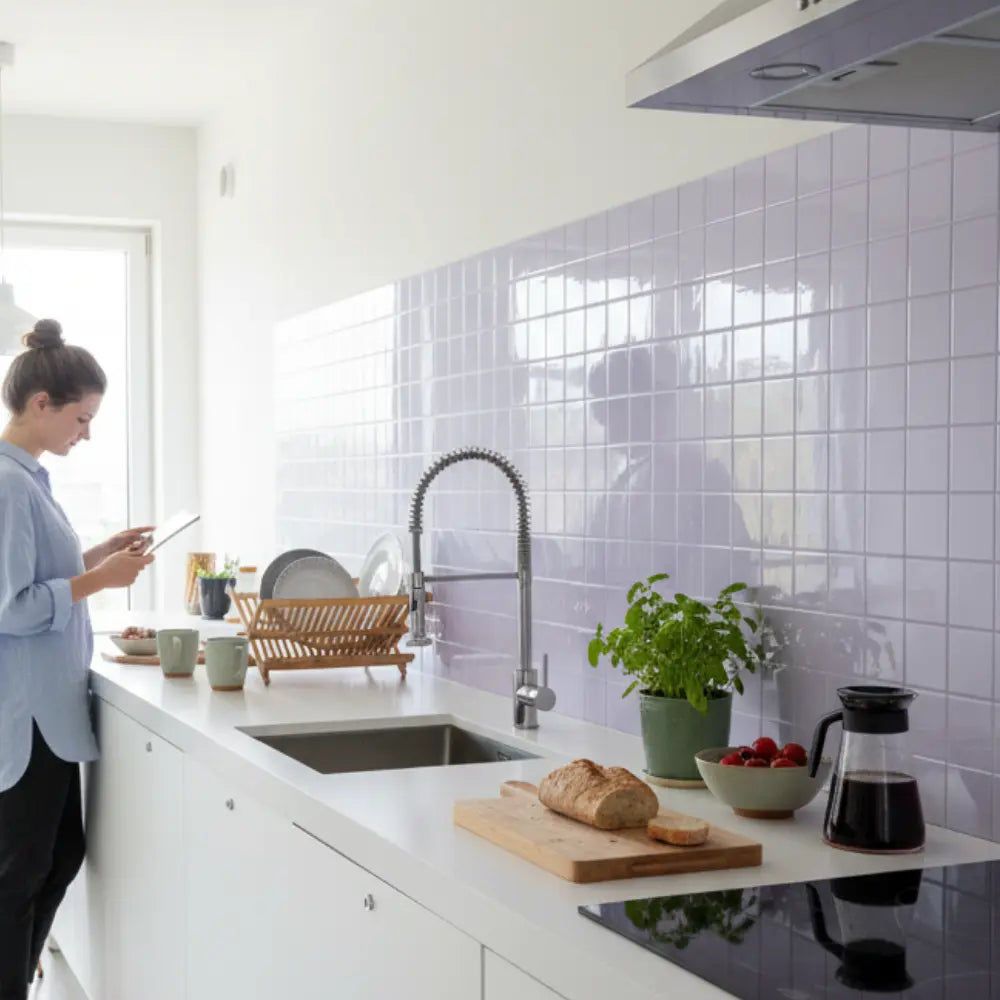
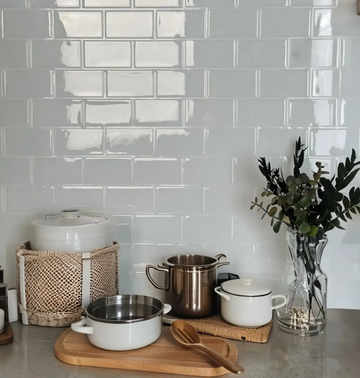
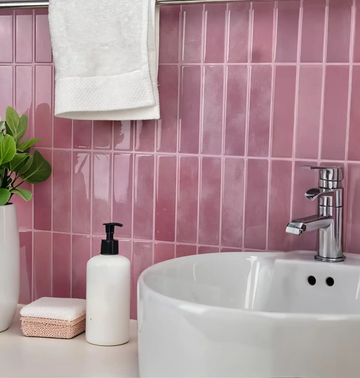
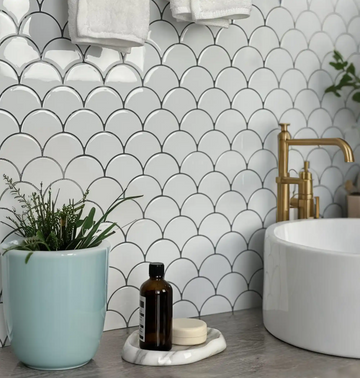
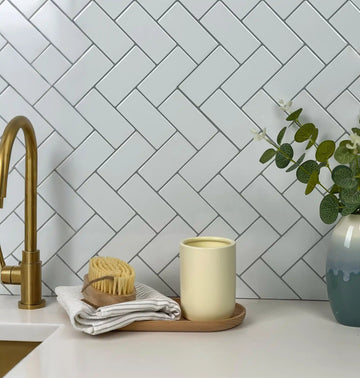
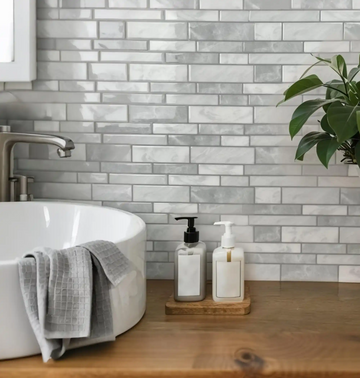
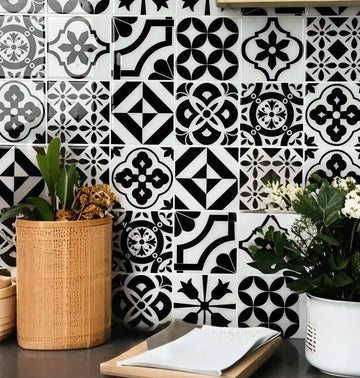
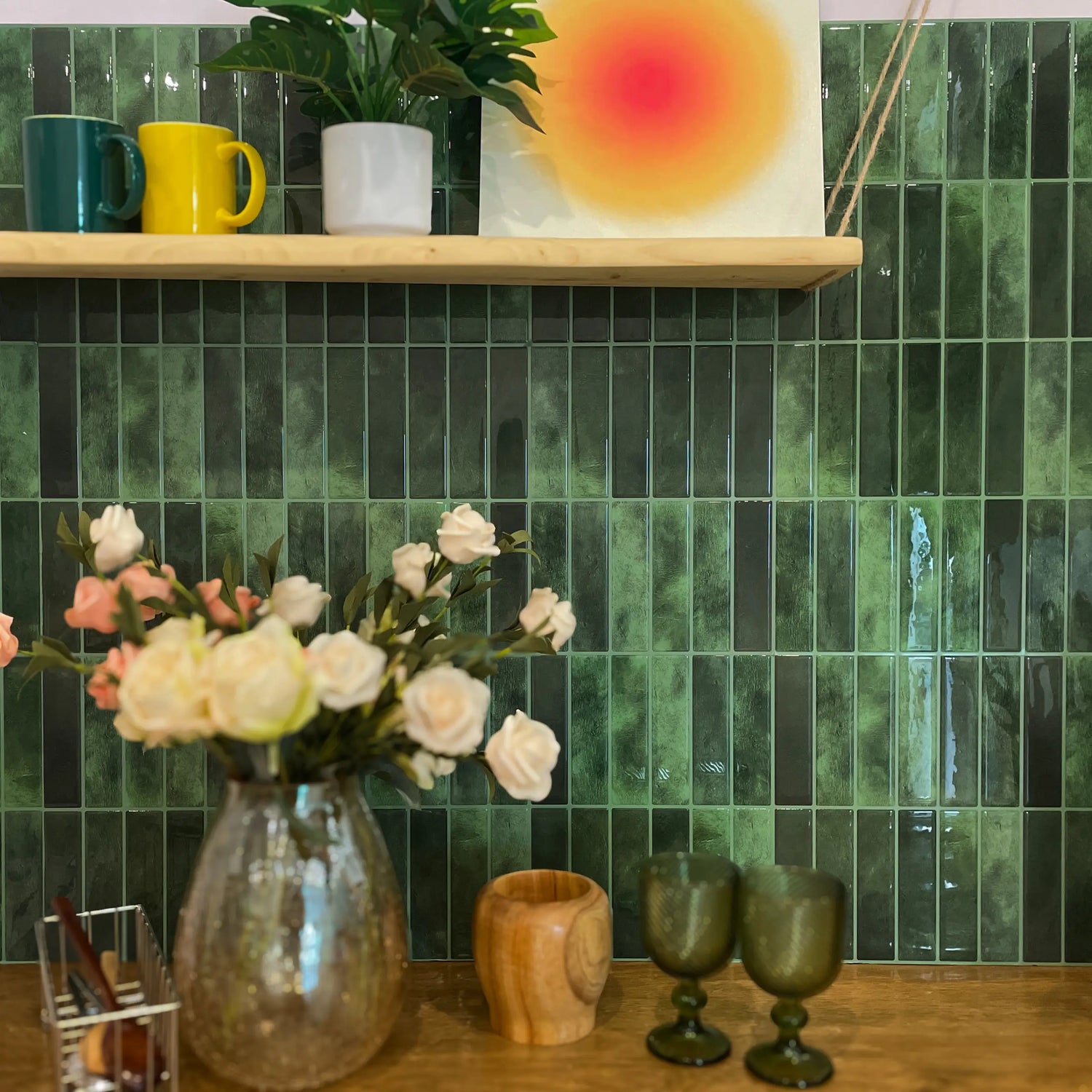
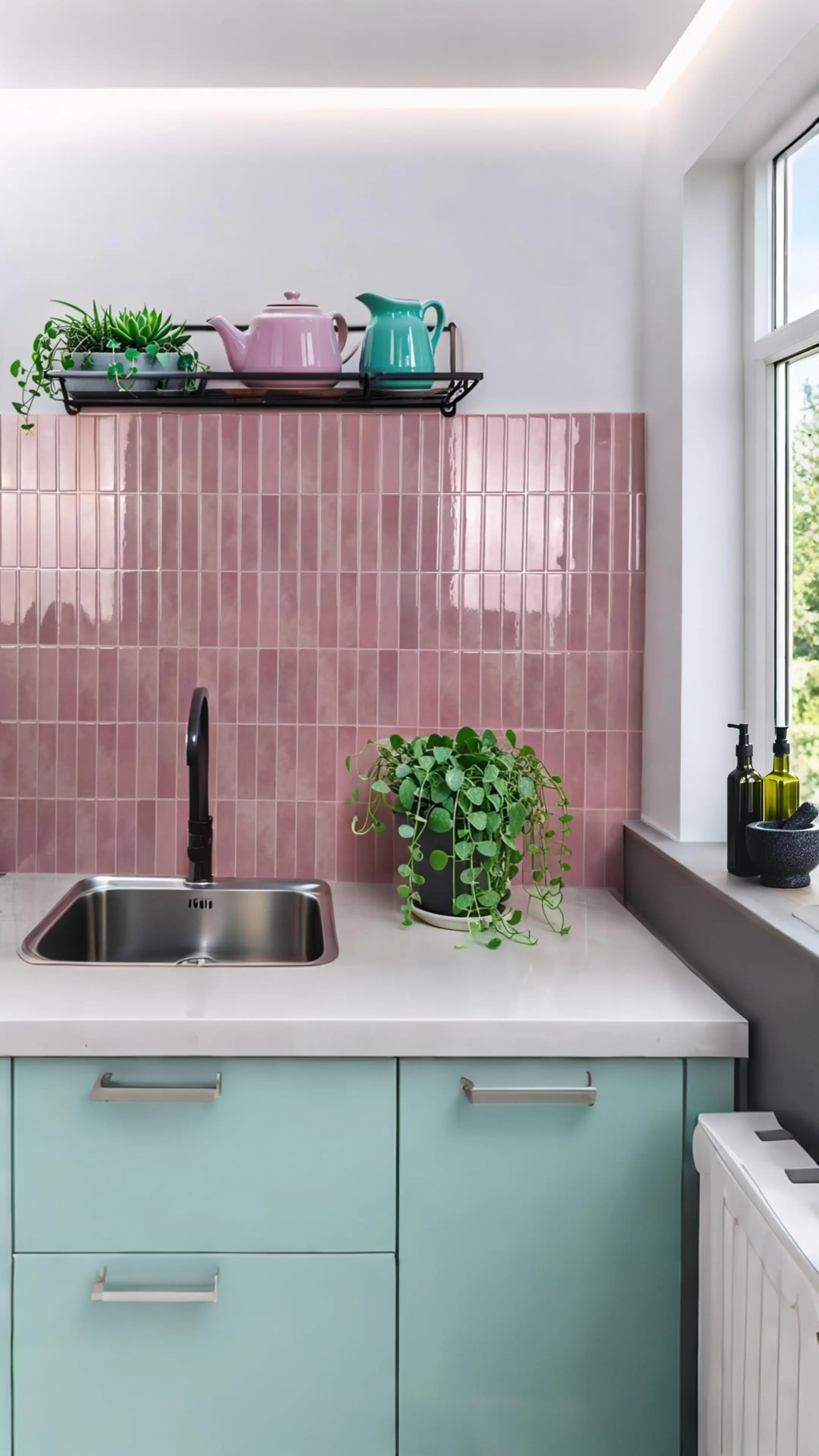

Dejar un comentario
Este sitio está protegido por hCaptcha y se aplican la Política de privacidad de hCaptcha y los Términos del servicio.